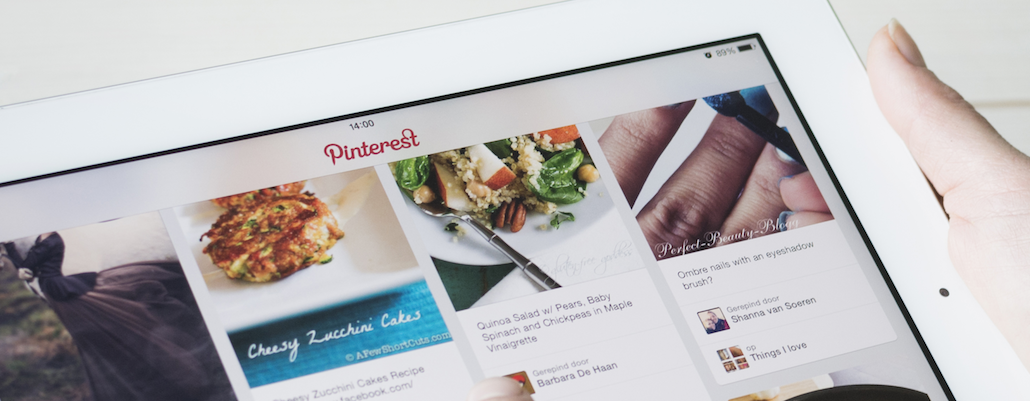Pinterest is offering a high-end data service to brands spending millions

Pinterest is providing its top retail brands with exclusive access to data from its site if they spend millions on advertising, according to sources.
So far, the data program includes a few high-spending retailers, including Target, the sources said. The retailers dive into Pinterest’s data to find out what’s going to be hot months out, based on the pinning activity of consumers. The idea: Target or another retailer could tweak marketing and even merchandise plans.
The program is akin to the white-glove treatment that many platforms offer VIP advertisers, like what Facebook provides, for example. In Pinterest’s case, brands and agencies have to spend at least $1 million on advertising to get the company to pull this type of information from the platform, sources said.
The social pinning site needs more robust data services, coupled with better ad targeting, to really compete with companies like Facebook, advertisers said.
“This is the natural evolution of Pinterest as an advertising platform,” said Noah Mallin, head of social marketing at MEC North America. “Facebook is the model where you take the data that is unique to the platform and find ways to give it to advertisers, who need those insights to say they’ll really start spending money with you.”
Pinterest’s team goes in and extracts the data and trends for brands, and it gives guidance into what products capture the attention of consumers. For instance, Pinterest can mine holiday products that are generating the most enthusiasm from users months out.
Similar data can help brands find out more about their fans on the platform, which helps them advertise more effectively, even influencing the creative used in their ads.
Pinterest started discussing better data reporting with brands over the summer, but next year is when retailers and consumer-goods companies are expected to get full access to this data in a more formal offering, sources said.
The early brands and agencies testing the program spend about $10 million with Pinterest on advertising, but the threshold is probably going to be closer to $1 million in ad spending once the service is more widely available, sources said.
Pinterest has been developing this type of data for years to help retailers shape sales strategies in stores and online. However, just last year a Forrester report criticized the company for not making more use of its data and offering more access to brands.
Pinterest has been taking its time developing all the ad technology it needs to attract more spending. This year, it launched new ad formats, including video-style promoted pins. It also, opened the platform to more third-party ad technology players and invested in more advanced ad measurement tools.
This summer, Pinterest launched Pinsight Labs, which helped Bank of America learn what millennials were interested in on the platform. It was unclear if the data services for retailers and consumer-goods companies fall under Pinsight Labs.
Pinterest declined to comment for this story.
Still, Pinterest is scrambling to carve out its place among the top platforms. Facebook also offers its biggest-spending clients a top level of service and exclusive access to data. Last year, the social network developed a program called Grapevine that analyzes general consumer sentiment based on conversations on Facebook. Later, a less sophisticated version was offered more widely.
It’s not a surprise that Pinterest would focus on the retail sector. In fact, Pinterest has been telling advertisers that it was recalibrating its ad strategy to cater to a few select sectors, including retail, according to a recent Wall Street Journal report.
More in Media

From sidelines to spotlight: Esports events are putting creators center stage
Esports events’ embrace of content creators reflects advertisers’ changing priorities across both gaming and the wider culture. In the past, marketers viewed esports as one of the best ways to reach gamers. In 2025, brands are instead prioritizing creators in their outreach to audiences across demographics and interest areas, including gaming.

Condé Nast and Hearst strike Amazon AI licensing deals for Rufus
Condé Nast and Hearst have joined the New York Times in signing a licensing deal with Amazon for its AI-powered shopping assistant Rufus.

Media Briefing: AI payouts may be entering a new era
AI compensation is evolving — and new models, not just publisher demands, are driving the shift beyond flat-fee licensing.





